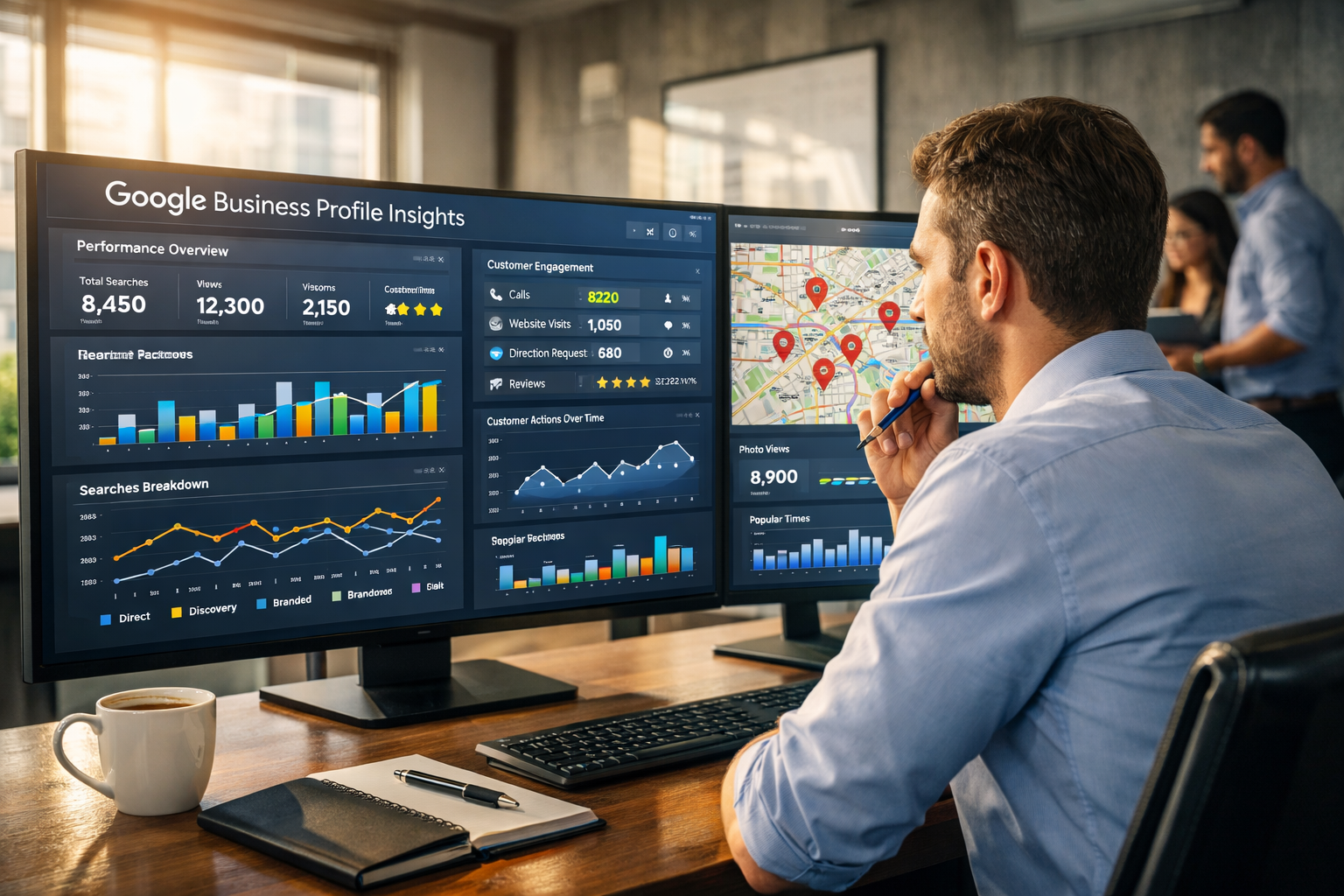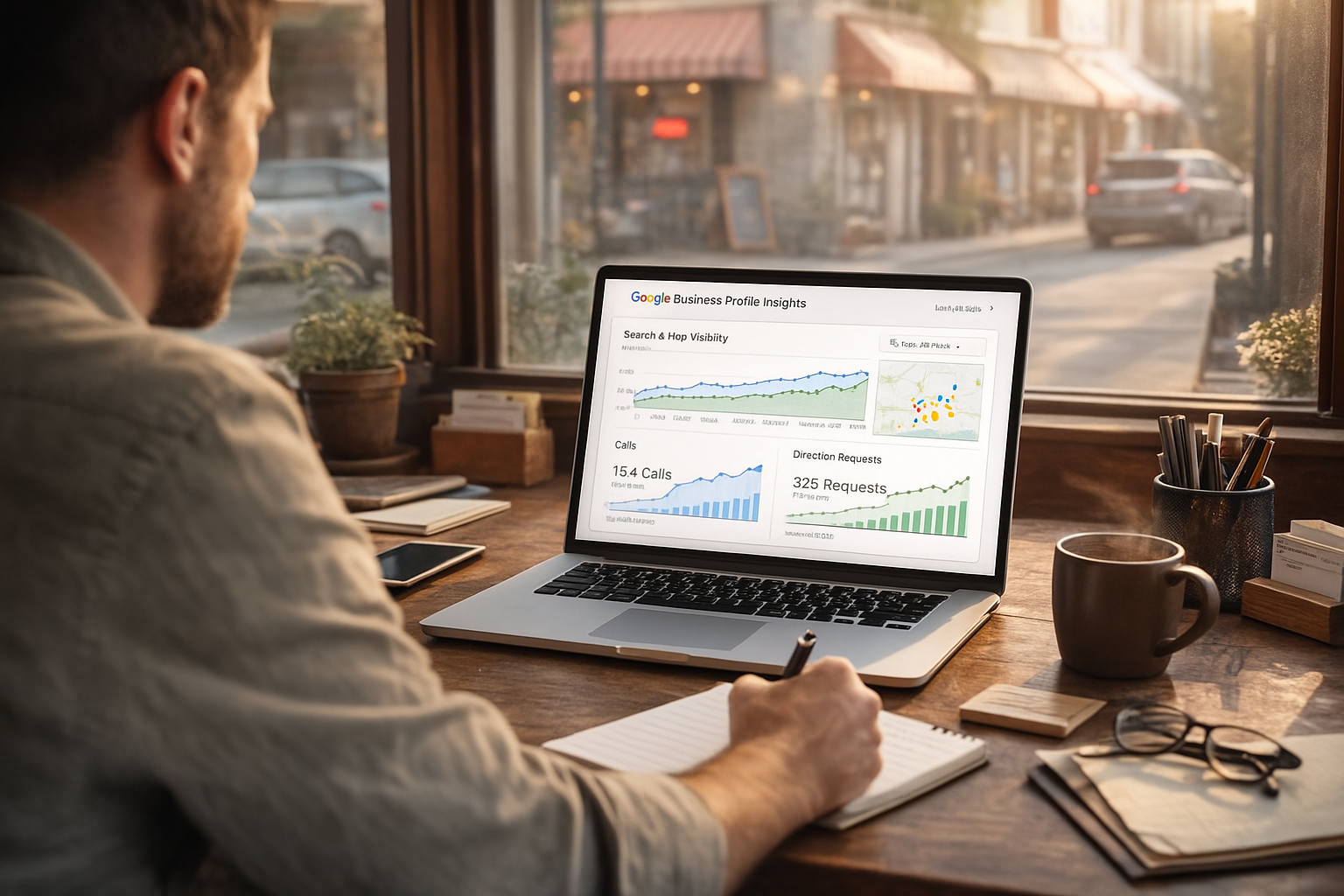Can I Do SEO On My Own?
It’s a question we get a lot: I’m a small business owner, can I do SEO on my own ? The answer is: of course! You can do anything you set your mind to. But there are a few reasons our clients decide to have us do the heavy lifting SEO-wise while they continue to run a successful business.
Here’s why it might make more sense to have a professional (like us!) take the reins:
- SEO takes time. It’s not rocket science, but it will take up a chunk of your daily schedule. SEO is done on your home page, services pages, blog, videos, and elsewhere on the web. Contrary to what you may have heard, simply adding more content is not always best. You need to be strategic about the way your content is uploaded, and that can take some time.
- You’ll need to do a lot of research. There are a ton of free resources out there on SEO, including what you’ll find on our blog (like what SEO can do for a small business and how to make your website faster ). However, just as Google’s updates to the algorithm never stop, the research doesn’t either. We dedicate time each week to finding the latest search engine trends because they never stop changing. And because time is money in the world of SEO, we can’t waste it on out-of-date tactics.
- Collaboration is key.
One thing that helps us stay on top of new trends is the fact that we’ve got a diverse skill set in this office. If our content strategists aren’t sure how a specific update might affect a website, the web development office is about six steps away (a few more if you’re in Audrey’s cube). A lot of SEO is also trial and analysis, which is much easier when you have a team to bounce things off of. Going solo with SEO is tough, so a little teamwork goes a long way.
- Not for the faint of heart. Speaking of trial and analysis, SEO takes a certain resilience that might not be available to you if you’ve got a separate business to run. We’ve spent many, many hours on the phone with Google, Facebook, and web hosting support for our clients. Trust me when I say that hold music on that scale is not good for your sanity. We’ve learned plenty of pro-tips and shortcuts over the years, but it’s not something that happened right away.
So I Can Do SEO On My Own—But I Shouldn’t?
Not without talking to us first. Our services are priced competitively for small businesses, so there is a good chance we can help you boost your web presence without depleting your finances. For an idea of how much local SEO costs , schedule a quick call with Ross, our founder, here.
The post Can I Do SEO On My Own? appeared first on GetPhound.












